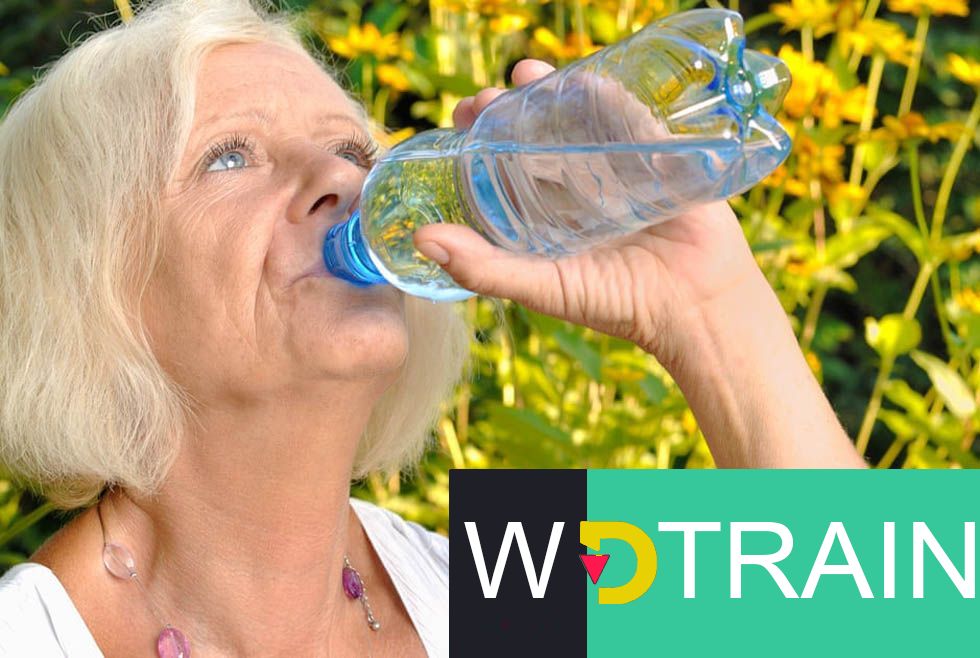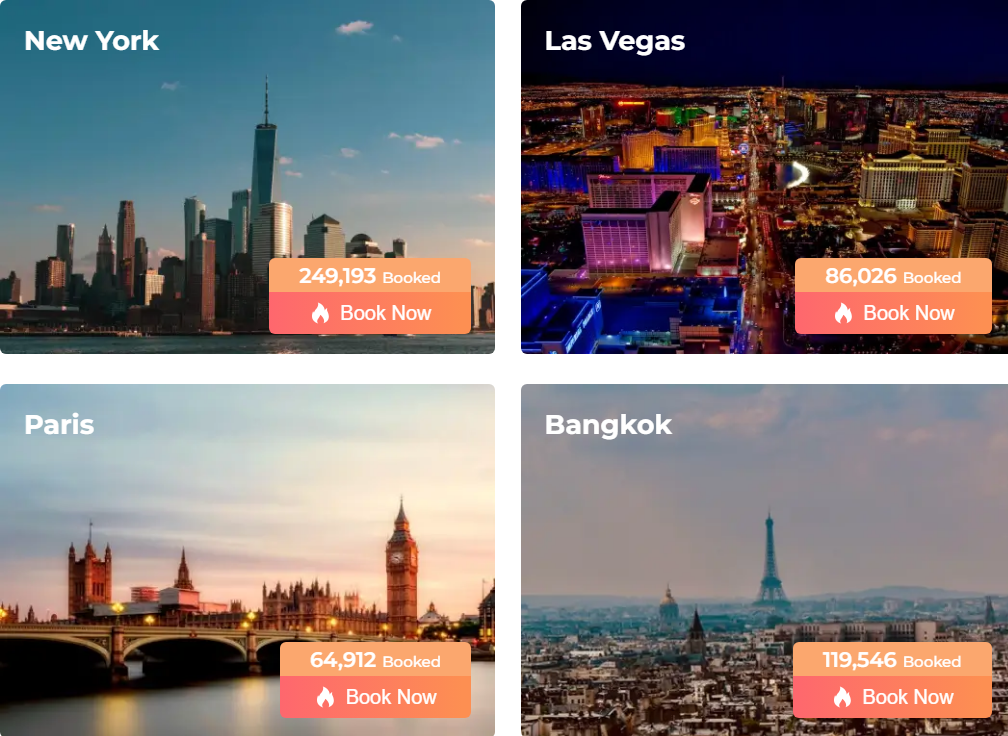The practice tracks are on fireplace and the NHS could declare a stage 4 warmth emergency (there’s no stage 5). It is a summer season of unprecedented temperatures, with extra, and worse, to return. “The world is undoubtedly experiencing extra excessive heating,” says Martin Siegert of the Grantham Institute for Local weather Change, highlighting “actually insufferable” temperatures in India and Pakistan this 12 months. “We are actually, on common, 1.2C (2.2F) hotter than we must be due to our emissions. Because of this issues, sadly, will worsen.” An additional 0.3C (0.5F) is “unavoidable”, which means, Siegert says, “Excessive heating episodes will proceed to extend in frequency and severity. Until we ship web zero by mid-century, temperatures will rise properly above the 1.5C (2.7F) stage, with horrible penalties for local weather heating in methods we now have but to witness totally.”
The one answer is to take motion, utilizing our votes and voices to press politicians to cut back emissions, urgently. Greenpeace, Buddies of the Earth and lots of different charities have sensible ideas on how one can get entangled. However proper now we, our mother and father, grandparents, kids and even pets are all liable to warmth exhaustion and, worse, heatstroke. What are the warning indicators? What are you able to do to stop it and deal with it, and when do you want pressing medical assist?
Adults
In heatstroke, the mind loses the power to manage physique temperature, doubtlessly resulting in a cascade of harm to the liver, kidneys, muscle groups and notably the center. It might probably develop quickly, with little warning, and could be deadly. However earlier than you attain the hazard zone of heatstroke, most adults will expertise signs of warmth exhaustion. “Heatstroke is an emergency; warmth exhaustion is just not usually so,” says Dr Lynn Thomas, medical director of St John Ambulance.
It’s a good suggestion to take a look at dependable symptom guides for warmth exhaustion and heatstroke on-line, however in essence, warmth exhaustion is that unwell feeling most of us have skilled in some unspecified time in the future in highly regarded climate. “It’s possible you’ll discover dizziness or being barely confused, complications, cramps; you’d be sweating, cool pores and skin, feeling sick, have a sooner respiratory fee and faster coronary heart fee,” says Dafydd Beech, of the Crimson Cross Nationwide Group Training Crew.
In distinction, an individual affected by heatstroke should still have dizziness, headache and discomfort, however crucially, their pores and skin will change into sizzling, flushed and dry. “The physique is shedding its means to sweat,” says Thomas. “It might probably’t lose any of that warmth and it simply retains getting hotter and warmer. That may trigger folks to change into fairly confused. They’ll change into unconscious, or have seizures and matches.” That is the hazard zone: “If any individual is just not bettering with water and being cooled down; in the event that they’re not sweating, though it’s actually sizzling; in the event that they’re not managing to maintain water down or drink water; if they’ve a temperature above 40C (104F) or they change into unresponsive – please ring 999 regardless of how busy it’s,” says Thomas. She suggests utilizing speakerphone. “Sadly, heatstroke might result in any individual having a cardiac arrest. Hopefully you gained’t get to that time, however in the event you do, the decision handler will discuss you thru every part it’s worthwhile to do.”
It’s trickier, after all, to recognise the signs in your self, particularly when considered one of them is confusion. “There’s completely an elevated threat of individuals creating warmth exhaustion and heatstroke in the event that they reside alone,” says Thomas. “It’s possible you’ll not discover you’re feeling a bit confused, as a result of how would you already know?” Beech advises to look out for any sense that “issues begin to really feel worse, like: ‘One thing’s not proper right here.’”
Along with the fundamental recommendation to remain within the coolest a part of your house, and keep away from exertion, Thomas’s recommendation is to remain hydrated, “and keep watch over how typically you go to the lavatory: urine must be light-straw-coloured”. It is usually vital to pay attention to the doable results of any treatment you’re taking: “Some antidepressants can cut back the power to handle excessive temperatures or cut back your means to sweat,” Thomas says. “Be certain that you’ve received a technique of calling on assist in the event you want to take action,” provides Beech. “Have your telephone close to you.”
First help for folks bothered by warmth exhaustion and heatstroke is principally widespread sense: transfer the individual to a cool place, give them water to drink (this will not be doable for heatstroke victims), and attempt to cool the pores and skin. Thomas suggests “a sponge or spray or ice packs; pour some water on the pores and skin as a result of that helps evaporation.” For extra severe instances, Beech suggests “wrapping the individual in chilly, damper garments”. It can be crucial to not attempt to cool a warmth exhaustion sufferer very quickly, which may result in shock. “We generally hear about throwing the individual into chilly baths: you shouldn’t do this,” says Beech. The intention is “slowly and steadily cooling the individual down”.
Older folks
The signs of warmth exhaustion and heatstroke are the identical for older adults, however they are often extra susceptible to dehydration, and will lose the urge to drink, which may improve the dangers of heat-related sickness. “The concern in aged folks is that they don’t at all times recognise a few of the indicators,” says Thomas. “Please test in your aged family and neighbours far more regularly than you’ll usually; attempt to get them to remain inside and preserve the curtains closed.” It may be tough, she says, to steer dementia victims particularly to drink. “Perhaps put some water subsequent to them with some ice in it; test they’re ingesting it. Tea is okay, thank goodness.”
Youngsters and infants
“It’s tough with kids, as a result of they love being outdoors and so they gained’t essentially say: ‘I have to go inside as a result of I’m sizzling.’ So, make sure that they’ll the toilet often and having tons to drink,” says Thomas. Signs of warmth exhaustion and heatstroke are a lot the identical in kids as they’re in adults, however observe that when infants are affected by warmth exhaustion, typically they “get sleepier and don’t work together as a lot”.
To maintain infants cool, “keep indoors or exit early”, says Claire Maguire, a Nationwide Childbirth Belief post-natal practitioner. Whenever you do exit, keep away from clipping a muslin to the buggy or pram for shade: “Analysis says this will trigger the within of the pram to warmth up and trigger the overheating you have been making an attempt to stop within the first place.” Maguire recommends getting acquainted with your child’s regular temperature (check on the again of the neck or the chest, not the extremities, that are cooler). “That method you already know once they’re too sizzling.”
To chill a child’s room, freeze water in a plastic bottle, lower the plastic away and stand it upright in entrance of a fan
Toddler protected sleep tips advocate bedrooms must be at 16-20C (61-68F): robust on this climate. Maguire’s prime tip is to three-quarters fill a two-litre bottle of water, freeze it, lower the plastic away, then stand it upright in a big roasting tin in entrance of a fan for half an hour or so earlier than utilizing a room. “By no means level a fan straight at a child,” says Maguire; they wrestle to adapt to modifications in temperature.
Sustaining hydration is significant, too. “Infants are very susceptible to dehydration due to their volume-to-surface-area ratio: in the event that they get dehydrated it could have an effect on their well being far more shortly than somebody bigger,” says Maguire. Breastfed infants could need to feed extra typically, she says; formula-fed infants can have small portions of water often in a “free-flow sippy cup” (boiled and cooled if they’re below six months). Maintain a tally of moist nappies: “When you have an older child, you’re in all probability used to the frequency of their moist nappies,” says Maguire. “When you have a a lot youthful child and also you’re not fairly positive what the rhythm is, it’s round six nappies a day.” For those who’re in any doubt in any respect, Maguire says, name NHS 111, and the free NCT assist line (0300 330 0700) may give particular person recommendation on summer season feeding. The Crimson Cross additionally has a free child and baby first help app.
Pets
Our furry housemates are additionally susceptible to heat-related sickness, says Dr Karen Humm, an emergency and important care clinician on the Royal Veterinary School. These which are obese, these with thick fur designed for chilly temperatures or flat-faced (brachycephalic) canines reminiscent of pugs and bulldogs are much more in danger. “Canines don’t sweat, actually,” Humm says. “So if they will’t pant successfully, they will’t lose warmth successfully.”
The warning indicators that your canine could also be dangerously overheating, Humm says, are “non-specific and that’s why it’s onerous”. Panting excessively or extra noisily than normal is a key warning signal. Chris Wilson, a small-animal vet primarily based in London, says canines may appear “stressed, or listless and out of kinds”. Extra severely heat-affected canines can drool, or undergo vomiting or diarrhoea, and at worst, collapse and undergo seizures.
It can be crucial, each agree, to behave quick, properly earlier than this occurs. As soon as an animal suffers heat-induced enzyme injury, this may be irreversible, even resulting in multi-organ failure and loss of life. “For those who’re undecided and so they don’t appear fairly proper, ring the vet. In the event that they’re respiratory noisily, undoubtedly ring the vet. If they’re uncoordinated, stumbling, if they seem somewhat drunk or tough to evoke or have collapsed, go straight to the vet – ring them whenever you’re on the best way,” says Humm. “The emphasis is on stopping them from reaching that stage,” agrees Wilson.
Prevention is finest. “Maintain them shaded, preserve them calm, supply them water,” recommends Humm. You may cool canines with water utilized to the pores and skin, though Wilson warns that in the event you use a moist towel, it’s vital to exchange it often: “They’ll dry out actually quick and find yourself insulating the canine additional.” Canine behaviourist Louise Glazebrook says some canines take pleasure in a paddling pool, or cubes of frozen bone broth to play with or chew on. “Put followers on, depart chilly water with ice packs beneath, give entry to chill, tiled surfaces and provides cooling snacks, reminiscent of hard-boiled eggs or carrots from the fridge.” Clip bushy canines quick, she advises: “It doesn’t matter how they appear: they want their stomach and chest plate space to be clipped very quick to permit their physique to make contact with cool surfaces.”
Individuals now primarily know to not depart canines in sizzling vehicles, Humm says, though it does nonetheless occur.
The subsequent key message to get throughout is that on highly regarded days, it is important solely to stroll canines extraordinarily early within the morning or late at night time, and even by no means. “There’s a false impression that an animal gained’t go for a stroll if it’s dangerous for them, and it’s simply not true,” says Humm. In a current examine, she says, three-quarters of heat-related sickness instances have been introduced on by train. “If doubtful, depart your canine at residence to relaxation and be in peace,” says Glazebrook, who notes that canines’ tolerance of contact, petting and being dealt with is prone to decline within the warmth, doubtlessly resulting in irritability. “Proper now, I don’t need to be touched. It’s even worse for them – they’ve fur coats on!”
In contrast, cats not often undergo heat-related sickness until they’re trapped or with out entry to water. “They’re evolutionarily from a lot hotter locations,” says Humm. “Cats are far more wise than canines,” provides Wilson. “They’re fairly good at regulating their temperature behaviourally.” They’re, nevertheless, “notoriously dangerous drinkers. So leaving faucets operating, leaving glasses of water round, or some cats wish to lick condensation off frozen bottles of water – all these are issues you are able to do to ensure they’re getting sufficient fluids.”
Spare a thought, too, for rabbits in hutches in sizzling sunny locations, Wilson says: “Individuals overlook about them presently of 12 months. Maintain them within the shade, in cooler areas, make sure that they’ve entry to water and transfer them inside if you will get it cooler indoors.”






